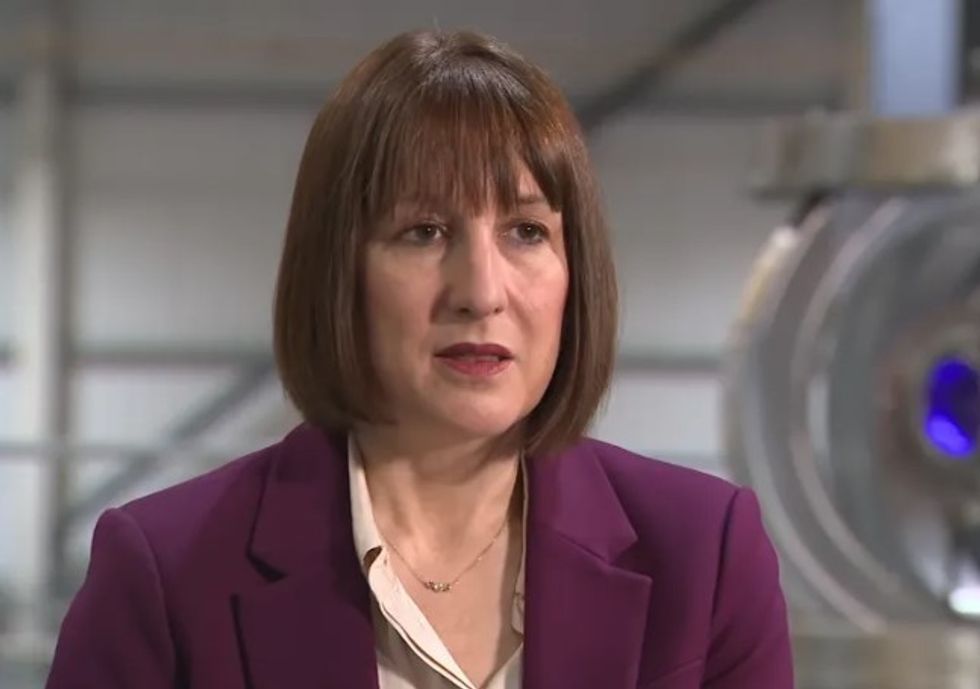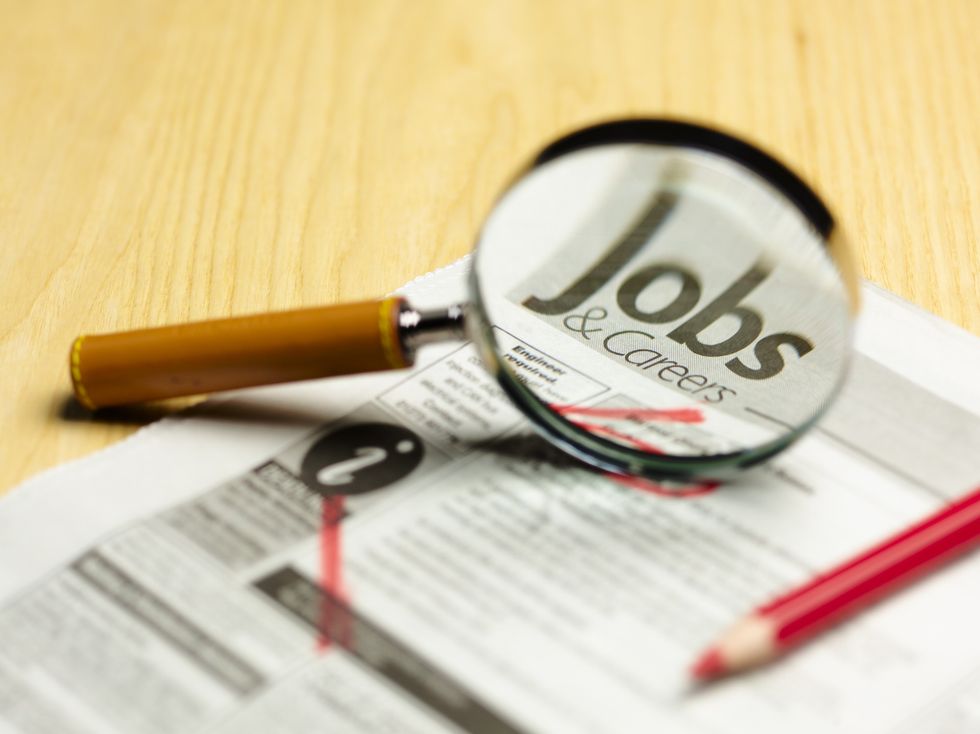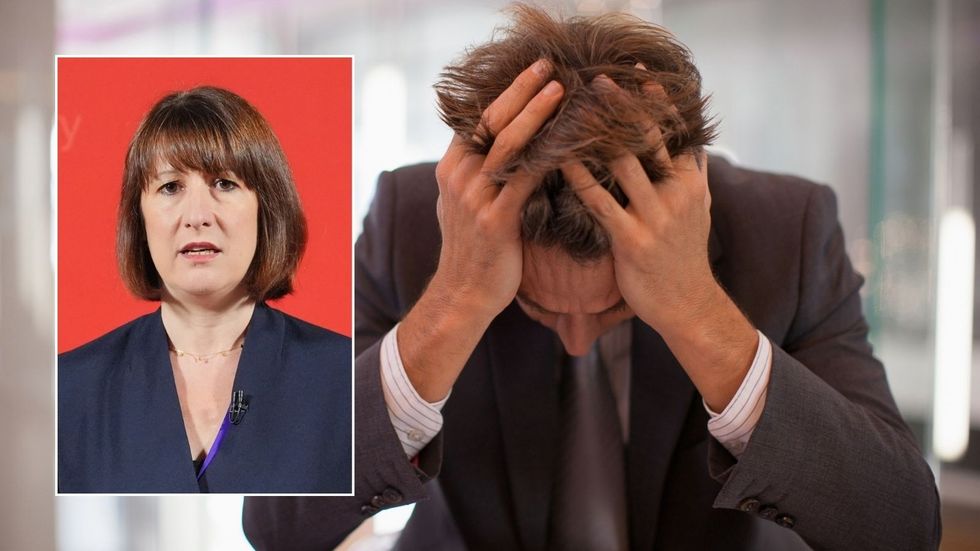Former Tory Leader Iain Duncan Smith on how he would lower the amount of people on unemployment benefits
GBNEWS
The sharp rise in jobseekers comes as businesses cut back on hiring amid rising costs and economic uncertainty
Don't Miss
Most Read
Trending on GB News
Chancellor Rachel Reeves is under growing pressure as new figures show the UK jobs market is in its worst state since the Covid pandemic.
In March, the number of people looking for work rose sharply, reaching its highest level since December 2020, according new figures.
There’s now a bigger pool of available workers, but with less demand from employers, wage growth remains under pressure, according to new figures from KPMG and the Recruitment and Employment Confederation (REC).
While starting salaries crept up slightly from February’s four-year low—mainly because businesses needed to offer more to attract skilled staff—overall pay increases remain modest. Tighter budgets and cautious hiring also played a part in holding back wages.
The latest vacancy index, which tracks hiring activity, rose slightly to 44.2 in March from 41.8 in February. But it’s still well below the 50 mark that signals growth. At the same time, the number of permanent and temporary staff available to work also went up.
KPMG and the REC said economic uncertainty and tighter recruitment budgets led to another drop in hiring last month.
 Chancellor Rachel Reeves announced the increase in her Autumn Budget last yearPA
Chancellor Rachel Reeves announced the increase in her Autumn Budget last yearPA Despite holding up in recent months, the UK job market is now showing signs of strain since Chancellor Rachel Reeves’s first budget last autumn.
Jon Holt, chief executive and UK senior partner at KPMG, said: "At a time when global uncertainty is peaking and businesses are assessing the impact of market volatility alongside rising employment costs, the latest data demonstrates how the economic reality continues to weigh heavy on the labour market."
Critics blame some of Labour’s recent policies—such as higher National Insurance costs for employers and a bigger rise in the minimum wage—for pushing up business costs and making it harder for firms to hire staff.
From April 2025, UK employers are paying more in National Insurance, with the rate rising from 13.8 to 15 per cent on earnings above £5,000—down from the previous threshold of £9,100.

The change is part of a wider £40billion tax package introduced in the October 2024 budget, the biggest tax rise since 1993.
Alongside a 6.7 per cent increase in the minimum wage, the higher National Insurance rate is expected to significantly raise costs for businesses. Tesco, for example, predicts it will pay an extra £235million and is planning to cut £500 million in costs to cope.
Business leaders, especially in retail and hospitality, have warned the changes could lead to job cuts and higher prices for consumers.
There’s pressure coming from abroad too. US President Donald Trump has slapped a 10 per cent tariff on UK exports, and a 25 per cent tariff on car imports, hitting manufacturing and causing further uncertainty.
 Business leaders are speaking out about the rumoured tax hike from Labour PA/GETTY
Business leaders are speaking out about the rumoured tax hike from Labour PA/GETTY With both global and domestic pressures mounting, experts warn the UK could face a tough road ahead unless business confidence and investment return to the jobs market.
The availability of permanent staff increased significantly to 63.2, from 59.2 the previous month. Temporary staff availability also rose slightly, reaching 60.2.
Neil Carberry, chief executive of REC, said: “Given the substantial effects of the government’s decision to increase payroll taxes hugely, these figures were if anything slightly better than expected and suggest that there is potential in the market.
"Nevertheless, activity in the UK jobs market has now been subdued for almost two and a half years."







